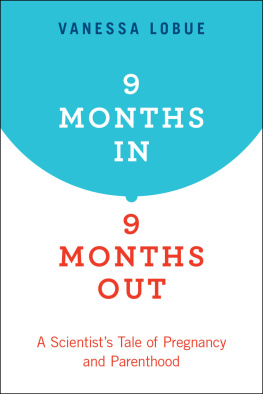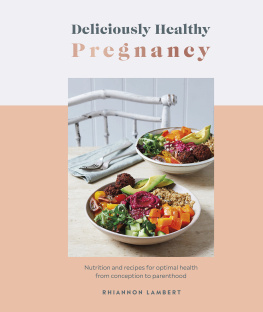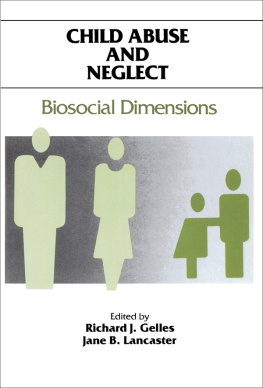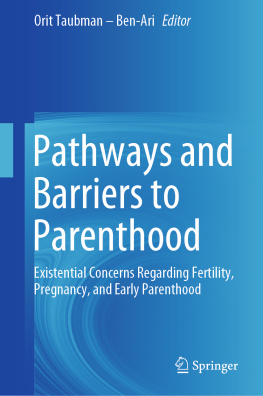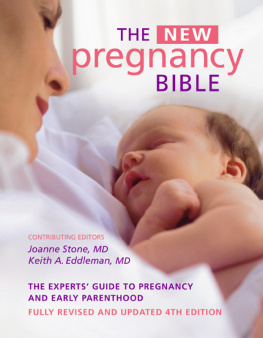School-Age
Pregnancy &
Parenthood
Jane B. Lancaster
Beatrix A. Hamburg
editors
School-Age
Pregnancy &
Parenthood
Biosocial Dimensions
First published 1986 by Transaction Publishers
Published 2017 by Routledge
2 Park Square, Milton Park, Abingdon, Oxon OX14 4RN
711 Third Avenue, New York, NY 10017, USA
Routledge is an imprint of the Taylor & Francis Group, an informa business
New material this edition 2008 by Taylor & Francis.
All rights reserved. No part of this book may be reprinted or reproduced or utilised in any form or by any electronic, mechanical, or other means, now known or hereafter invented, including photocopying and recording, or in any information storage or retrieval system, without permission in writing from the publishers.
Notice:
Product or corporate names may be trademarks or registered trademarks, and are used only for identification and explanation without intent to infringe.
Library of Congress Catalog Number: 2008006355
Library of Congress Cataloging-in-Publication Data
School-age pregnancy and parenthood: bisocial dimensions / [edited by] Jane
B. Lancaster and Beatrix Hamburg.
p. cm.
a Previously published: New York: Aldine-De Gruyter Pub. Co., c1986.
With new introd.
Includes bibliographical references and index.
ISBN 978-0-202-36241-0 (alk. paper)
1. Teenage pregnancy. 2. Teenage pregnancy--Social aspects. I. Lancaster,
Jane Beckman, 1935- II. Hamburg, Beatrix A.
RG556.5.S36 2008
618.200835--dc22
2008006355
ISBN 13: 978-0-202-36241-0 (pbk)
CONTENTS
Jane B. Lancaster and Beatrix A. Hamburg
Jane B. Lancaster
Phyllis B. Eveleth
Edward O. Reiter
Stanley M. Garn, Shelly D. Pesick, and Audrey S. Petzold
Carol M. Worthman
Beatrix A. Hamburg
Anne C. Petersen and Lisa Crockett
Arthur B. Elster and Michael E. Lamb
Catherine S. Chilman
Frank F. Furstenberg, Jr., Roberta Herceg-Baron, Judy Shea, and David Webb
Jeanne Altmann
Tiffany Field, Susan Widmayer, Sherilyn Stoller, and Mercedes de Cubas
John W. M. Whiting, Victoria K. Burbank, and Mitchell S. Ratner
Maris A. Vinovskis
Melvin Konner and Majorie Shostak
Richard J. Gelles
Lorraine V. Klerman
Charles M. Super
Jane B. Lancaster
Ariine T. Geronimus
Beatrix A. Hamburg
Karen Kramer
The first publication of School-Age Pregnancy and Parenthood: Biosocial Dimensions edited by Jane Lancaster and Beatrix Hamburg was in 1986 under the sponsorship of the Social Science Research Council. The edited volume was in response to a widely held public concern about a perceived increase in teenage childbearing and parenthood that was seen as detrimental to youth in our country. This concern is broadly captured in a phrase of the time, Babies having babies which expresses belief that teen girls are biologically cognitively, and socially unprepared to produce children or act as mothers. The edited volume was an attempt to put this issue into a broader context, one informed by evolutionary perspectives, cross-cultural and historic data on teen childbearing, modern research on the biology of teen growth and development, historic data on the secular trend in the age of menarche and subsequent growth in stature and reproductive capacity, and important differences in childbearing patterns by ethnic and socio-economic status in modern societies.
It has been 25 years since the planning conference for the book was held at the Belmont Conference Center in Elkridge, Maryland. The task of this introduction is to discuss new developments in the study of school-age pregnancy and parenthood since the conceptualization of the issues that we faced in 1982. Certainly many things have changed and yet the substance of the 19 chapters is as relevant and fresh is as it was when first published. This introduction addresses the most significant developments in the field of teen pregnancy and parenthood in the past 25 years. The first of these is a fresh theoretical perspective. Life History Theory has reframed the question from whether teen motherhood is a positive or negative behavior pattern to issues of adaptation, cause of diversity and the impact of variable contexts. The second is an impressive expansion of the record from other cultures and other times. Twenty-five years ago the cross-cultural record was limited to a handful of societies whereas today diversity is widely recognized, diverse patterns identified, and new explanatory analyses have emerged. The third is the recognition that an in depth understanding of the history, economics, sociology, politics, epidemiology, and culture of a group is key to understanding the context and outcomes a specific pattern of teen reproduction. We offer here a case study of teenage parenthood among poor African Americans in the United States. Finally, we look to the future, noting particularly the direction of change in American families that are shrinking in size and capacity at the same time that the tasks confronting them by a rapidly developing technological economy and a less adaptable educational system, increase in both level and complexity of demand.
Life History Theory, the Evolution of the Juvenile Period, and Embodied Capital
The fundamentals of Life History Theory were laid out in the 1980s by theoretical biologists. It is based on the third law of thermodynamics that states that energy invested in one activity cannot also be invested in another. It follows that the life course presents a series of decision nodes as to where to direct energy and time. The principal ones facing reproducing organisms are the tradeoffs between growth and development or reproduction, investment in finding mates or producing offspring, investment directed to quality or quantity of offspring, and the tradeoff between provisioning and caring for young. The timing of reproduction in the life course and the critical nature of the timing of first birth puts teenage parenthood squarely at the center of life history decision making.
The study of the transition from juvenile growth and development to adult reproduction has engaged researchers who are interested in cross-cultural and ethnic differences in the timing of menarche; the relationship of menarche to regular ovulation; the impact of nutrition on the development of adult stature and fat deposition; individual, ethnic, cultural, and species differences in the timing of menarche; the construction of families and the absence of fathers on reproductive development; phenotypic plasticity vs. genetic variability in the timing of menarche; and the impact of harsh versus unpredictable environmental stress on developmental programs. In other words, scientists have sought answers at vastly different levels of explanation ranging between proximate, developmental, functional, and evolutionary mechanisms with little care as to how these levels needs must fit together. Chisholm, Ellis, and Kuzawa (Chisholm, 1999; Ellis, 2004; Kuzawa, 2007) among others have tried to do just this in their most recent publications. They successfully apply a sophisticated use of Life History Theory to the transition from growth to reproduction and set a standard for how causation at all levels needs to be integrated for an adequate understanding. Their research provides a model of how to link the fields of psychology, anthropology, physiology, sociology, and biology and shows how each contributes both data and theory to the understanding of the critical life history node where the allocation of energy shifts from growth to reproduction.




